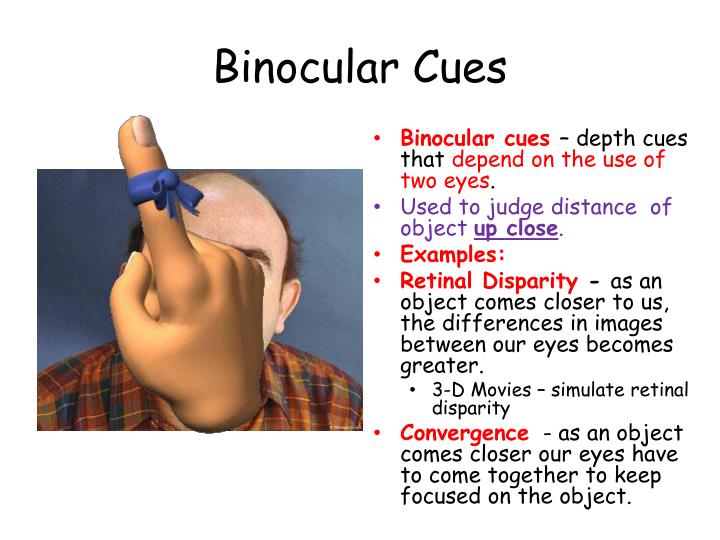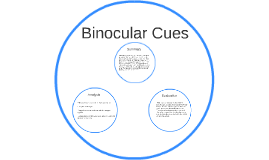
Future studies that include a broader selection of task-varying monocular and binocular cues as well as visual-motor coordination are needed to further investigate potential mechanistic relations between depth perceptual learning and laparoscopic skill acquisition. These results indicate that learning-related benefits for enhancing demanding visual processes are, in part, shared between these two tasks. Of note, individual differences in perceptual learning of depth discrimination are associated with performance gains from laparoscopic skill training, both with respect to movement speed and an efficiency score that considered both speed and precision. The results showed that not only did the individuals differ in their depth discrimination the extent with which this performance changed across blocks also differed substantially between individuals. Individual differences in perceptual learning of binocular depth discrimination when performing a random dot stereogram (RDS) task were measured as variations in the slope changes of the logistic disparity psychometric curves from the first to the last blocks of the experiment.

This study explored potential relations between binocular depth perception and individual variations in performance gains during laparoscopic skill acquisition in medical students naïve of such procedures. Besides visual-motor coordination, laparoscopic skills and binocular depth perception are demanding visual tasks for which learning is important. It is also of relevance in laparoscopic surgical procedures that require the extrapolation of three-dimensional visual information from two-dimensional planar images. The ability to perceive differences in depth is important in many daily life situations. 4Department of Visceral, Thoracic and Vascular Surgery, University Hospital Carl Gustav Carus, Technische Universität Dresden, Dresden, Germany.3Division of Translational Surgical Oncology, National Center for Tumor Diseases Partner Site Dresden, Dresden, Germany.2Lifespan Developmental Neuroscience, Faculty of Psychology, Technische Universität Dresden, Dresden, Germany.1Centre for Tactile Internet With Human-in-the-Loop, Technische Universität Dresden, Dresden, Germany.New York: Simon & Schuster, 1996.Adamantini Hatzipanayioti 1,2 *, Sebastian Bodenstedt 1,3, Felix von Bechtolsheim 1,4, Isabel Funke 1,3, Florian Oehme 4, Marius Distler 1,4, Jürgen Weitz 1,4, Stefanie Speidel 1,3 and Shu-Chen Li 1,2 * The Object Stares Back: On the Nature of Seeing. Morristown, NJ: SilverBurdett, 1986.Ĭhalkley, Thomas. Binocular disparity describes this phenomenon of different images of the pencil in each eye.īennett, Jill. Close the eye, open the other, and observe the position of the pencil: it will have jumped. With one eye closed, align the pencil with the edge of a doorway, window, or other vertical line in the room. Hold a pencil about 12 inches (30 cm) from your face. This simple experiment demonstrates binocular disparity. The muscular activity necessary for this accommodation acts as a signal for the brain to generate perception of depth and distance.

Yet another cue to depth perception is called binocular accommodation, a term that refers to the fact that the lens of the eye changes shape when it brings an image into focus on the retina. The closer the perceived object is, the more they must rotate, so the brain uses the information it receives about the degree of rotation as a cue to interpret the distance of the perceived objects. The second cue, called binocular convergence, is based on the fact that in order to project images on the retinas, the two eyes must rotate inward toward each other. By processing information about the degree of disparity between the images it receives, the brain produces the impression of a single object that has depth in addition to height and width. One cue, binocular disparity, refers to the fact that different optical images are produced on the retinas of both eyes when viewing an object. Properties of the visual system that facilitate depth perception by the nature of messages that are sent to the brain.īinocular depth cues are based on the simple fact that a person's eyes are located in different places.


 0 kommentar(er)
0 kommentar(er)
